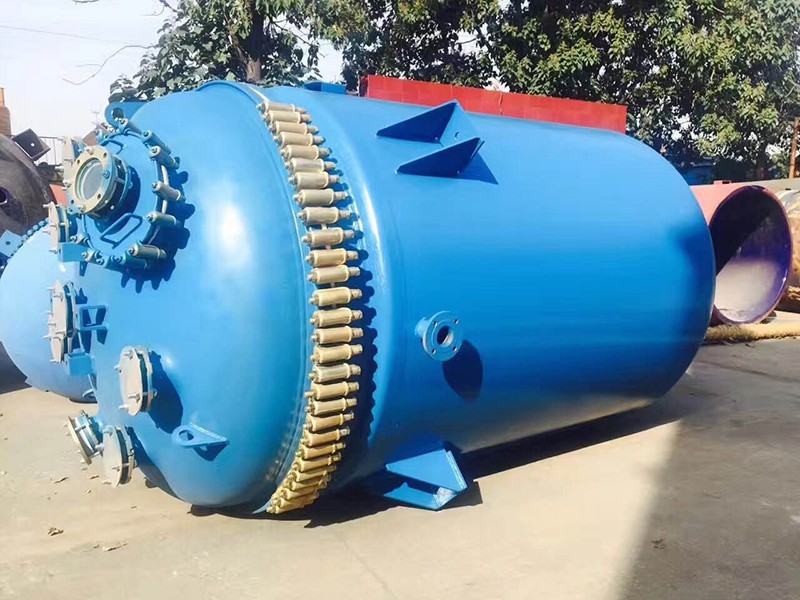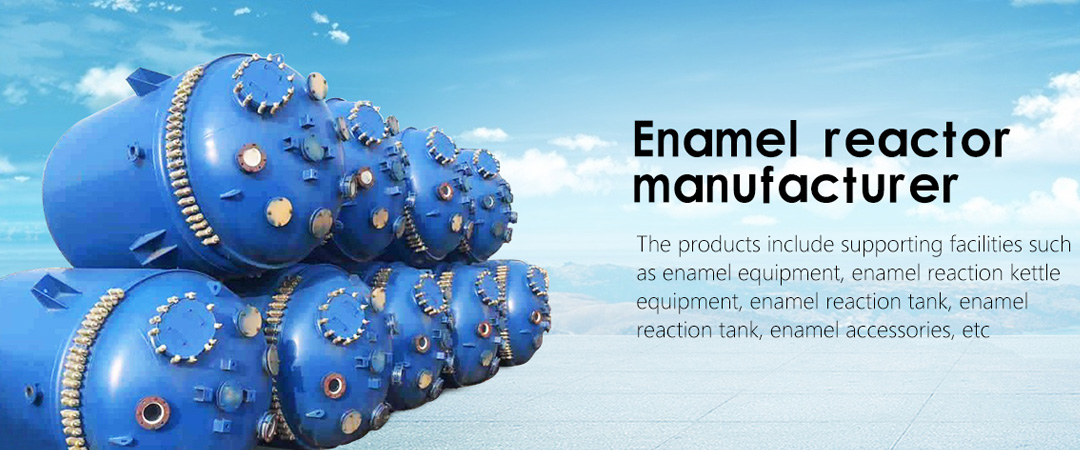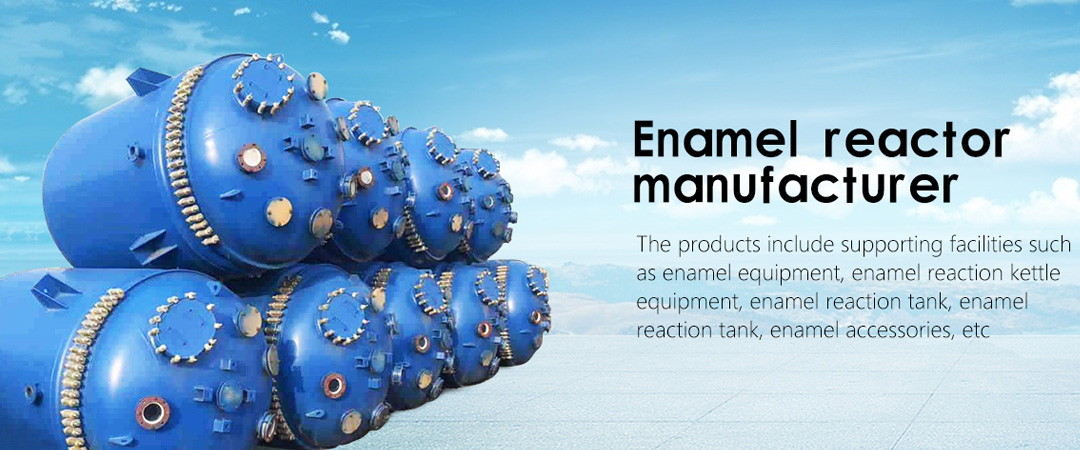Glass Lined Distillation Tank
The glass lined distillation tank the dual advantages of glass stability and metal container strength, and is an excellent corrosion-resistant chemical equipment. During the reaction process, internal substances may undergo gas-liquid dispersion. This is because the unreacted gas in the gas-liquid reactor accumulates in the upper space inside the reactor due to gas-liquid incompatibility and a very large density difference, resulting in gas-liquid dispersion phenomenon.
2.Gas external circulation: Gas external circulation is the process of extracting the reaction gas from the gas phase space, pressurizing it through a compressor, and then introducing it from the bottom of the reaction vessel. With the cooperation of a magnetic stirrer, a larger gas holding capacity and phase contact area can be obtained, thereby increasing the reaction rate. Its advantage is that it can obtain any gas circulation volume.
3.Liquid external circulation: Liquid external circulation is the process of using a centrifugal pump to extract the reaction liquid from the bottom of the reactor. By suctioning the reaction gas in the gas phase space of the glass lined distillation tank, the materials are fully mixed and dispersed, resulting in very small bubbles that greatly increase the gas-liquid contact area and reaction rate.
When discovering gas-liquid dispersion in a glass lined distillation tank, it is important to pay attention to whether the handling method is correct to avoid damage to the equipment caused by incorrect handling.
And this phenomenon seriously affects the reaction rate and efficiency of the equipment. Meanwhile, the uneven suspension of solid catalysts also constrains the reaction rate. To improve the reaction rate, glass lined distillation tanks generally adopt three methods to solve the problem of gas-liquid dispersion: gas internal circulation, liquid external circulation, and gas external circulation.

2.Gas external circulation: Gas external circulation is the process of extracting the reaction gas from the gas phase space, pressurizing it through a compressor, and then introducing it from the bottom of the reaction vessel. With the cooperation of a magnetic stirrer, a larger gas holding capacity and phase contact area can be obtained, thereby increasing the reaction rate. Its advantage is that it can obtain any gas circulation volume.
3.Liquid external circulation: Liquid external circulation is the process of using a centrifugal pump to extract the reaction liquid from the bottom of the reactor. By suctioning the reaction gas in the gas phase space of the glass lined distillation tank, the materials are fully mixed and dispersed, resulting in very small bubbles that greatly increase the gas-liquid contact area and reaction rate.
When discovering gas-liquid dispersion in a glass lined distillation tank, it is important to pay attention to whether the handling method is correct to avoid damage to the equipment caused by incorrect handling.


